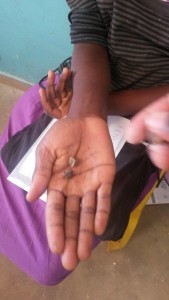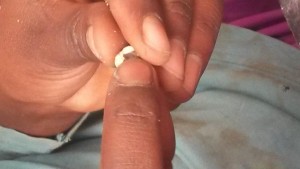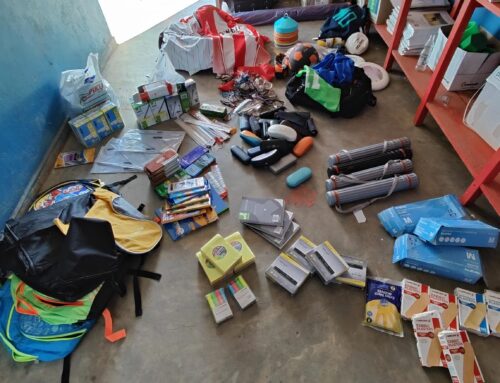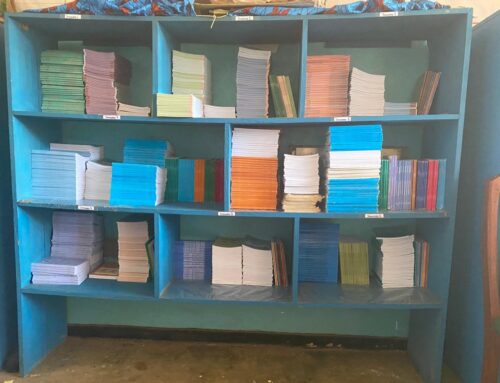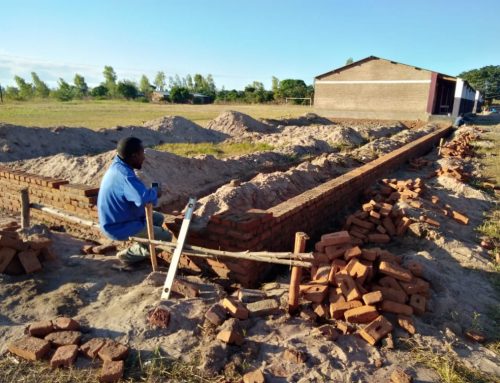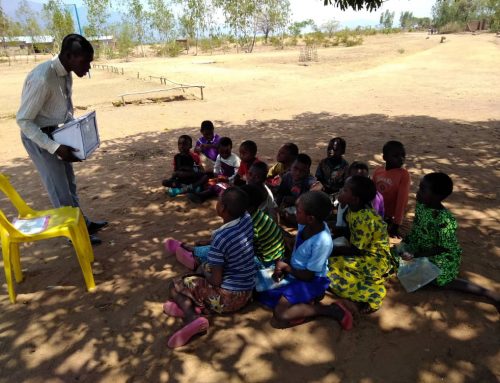I have learnt a lot of new things in Malawi. One thing I have learnt is that “moringa” trees are very special! I found out that it is one of the most nutritious plants in the world, and even better than that… it grows really well in Malawi! Moringas love Malawi’s hot dry days, cool nights, sandy soil, and medium elevation. I decided that we had to take advantage of this spectacular local resource, and this week we started a scheme to do just that.
In comparison to other, more familiar foodstuffs moringa has plenty of healthy vitamins, enzymes, amino acids, fats, and minerals. For example, moringa leaves contain almost as much vitamin C as oranges, way more iron than spinach (Popeye choose the wrong leaf!), and 17 times the calcium found in milk. Combine these great qualities with significant amounts of proteins, oils, antioxidants, and anti-inflammatory agents – not to mention its delicious taste – and you can understand why people here call this plant the “Miracle Tree”.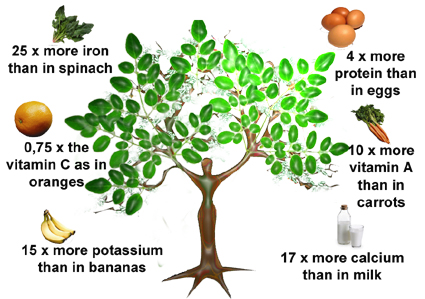
To give you an idea how well adapted moringa trees are to Malawi, there are three growing already on Matandani’s school grounds. Some local people know about this plant’s qualities (including some teachers), but it has been a pet project of mine to introduce the children at Matandani to this wonder plant and teach them how to benefit from it.
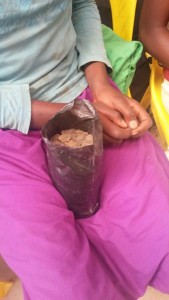
Children filled their ‘grow bags’ with ‘black’ soil
First, I found a Malawian company who agreed to donate over 1,000 seeds to us, and I bought lots of little plastic growbags. Next, we gave the growbags to children at the school, with instructions to find some good “black” soil and some organic fertiliser (from farm animals). When the growbags were filled, the kids received seeds to plant in the bags. Finally, when they’re ready, we’ll transplant the little moringa shoots from the grow bags to our newly established “moringa farm”.
—————————————————
We included the pupils from Standards 5, 6, and 7 in this project as they will be responsible enough to look after these trees in the new farm (Standard 8 students have already finished their exams and will now move on to secondary school or try to find a job). Eventually, cuttings will be taken from the trees in the farm every 6-8 weeks and given to the children. Introducing this extra source of nutrition into the students’ diets will help them concentrate better in school and be more successful in the long term.
Bon appétit!
————————————-
hello —————————————
hello my bet friend hello my firend

